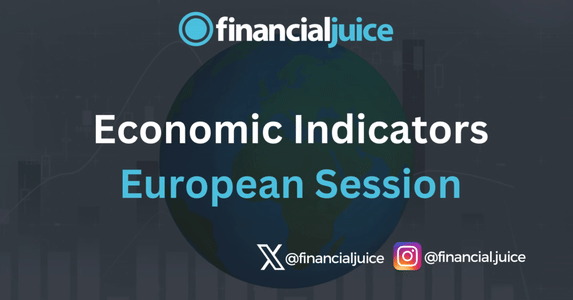
Week Ahead: Economic Indicators – EU
Tuesday January 30th
04:00 ET
German GDP
Gross Domestic Product (GDP) is the broadest measure of economic activity and is a key indicator of economic health. The quarterly percent changes in GDP show the growth rate of the economy as a whole.
What to expect:
A higher than expected reading should be taken as positive/bullish for the EUR, while a lower than expected reading should be taken as negative/bearish for the EUR.
05:00 ET
Eurozone GDP
Gross domestic product (GDP) is the total monetary or market value of all the finished goods and services produced within a country’s borders in a specific time period.
What to expect:
GDP is the all-inclusive measure of economic activity. Investors need to closely track the economy because it usually dictates how investments will perform. Stock market Investors like to see healthy economic growth because robust business activity translates to higher corporate profits. The GDP report contains information which not only paints an image of the overall economy, but tells investors about important trends within the big picture.
Wednesday January 31st
03:55 ET
German Unemployment Rate
The unemployment rate is calculated by the Federal Employment Agency based on the number of unemployed persons as a percentage of the number of all civilian members of the labour force (dependant civilian employed persons, the self-employed family workers and unemployed). Unemployed is defined as persons between the ages of 15 and 65 and who are without employment or only with short-time employment (currently less than 15 hours per week) and seeking employment of at least 15 hours per week subject to compulsory insurance.
What to expect:
A rise in this indicator has negative implications for consumer spending, as there’s less people working and therefore diminishes economic growth in the country. Generally, a reading above expected is seen as negative (or bearish) for the EUR, while a low reading is seen as positive (or bullish).
Thursday February 1st
03:45 – 04:30 ET
Euro Area Mfg PMI’s (Italy, France, Germany, Eurozone, UK)
Based on monthly questionnaire surveys of selected companies, the Purchasing Managers’ Manufacturing Index (PMI) offers an advance indication on month-to-month activity in the private sector economy by tracking changes in variables such as output, new orders, stock levels, employment and prices across manufacturing industries. The final index for the current month is released roughly a week after the flash.
What to expect:
A higher than expected reading should be taken as positive/bullish for the GBP/EUR, while a lower than expected reading should be taken as negative/bearish for the GBP/EUR.
05:00 ET
Eurozone Unemployment Rate
The unemployment rate measures the number of unemployed as a percentage of the labor force.
What to expect:
Unemployment data is closely monitored by the financial markets. These data give a comprehensive report on the state of the economy and its future direction. A rising unemployment rate can be a warning sign of hard times, while a low rate can be a warning of inflation as wages are bid up to attract labor.
07:00 ET
UK BoE Interest Rate Decision
The Bank of England’s monetary policy committee members vote on where to set the rate.
What to expect:
The pound might rally if the BoE is showing a hawkish inclincation. How much the pound might move depends on if the Foreign Exchange Markets have taken this into consideration. If they have taken it into consideration then the dollar movement may be minimal.




